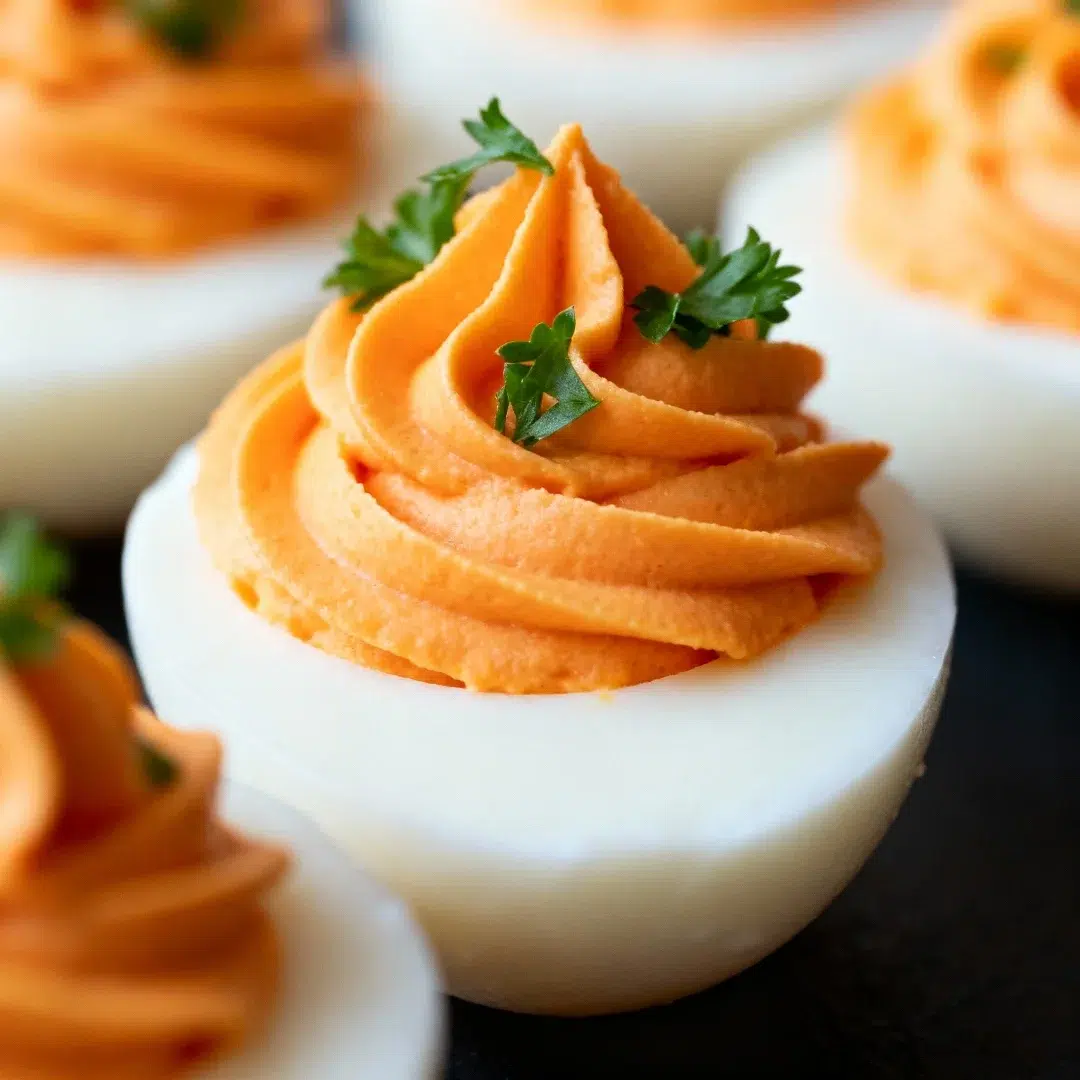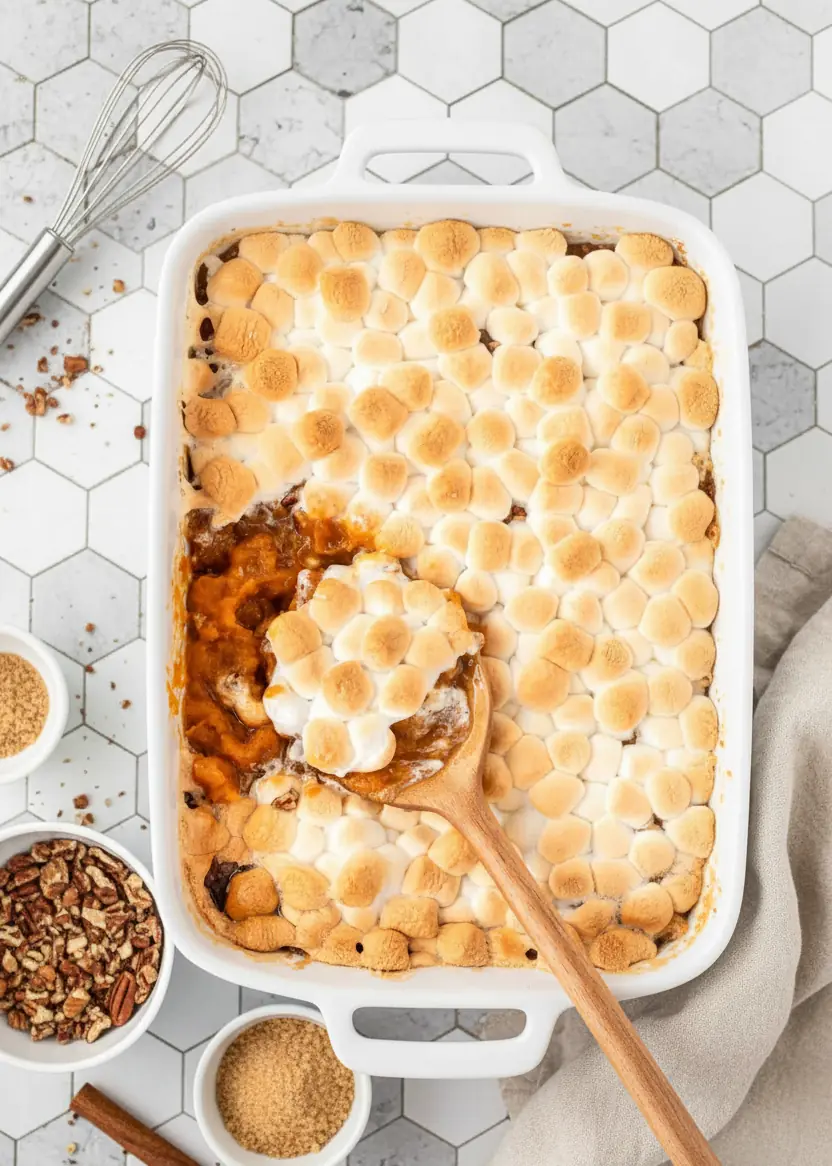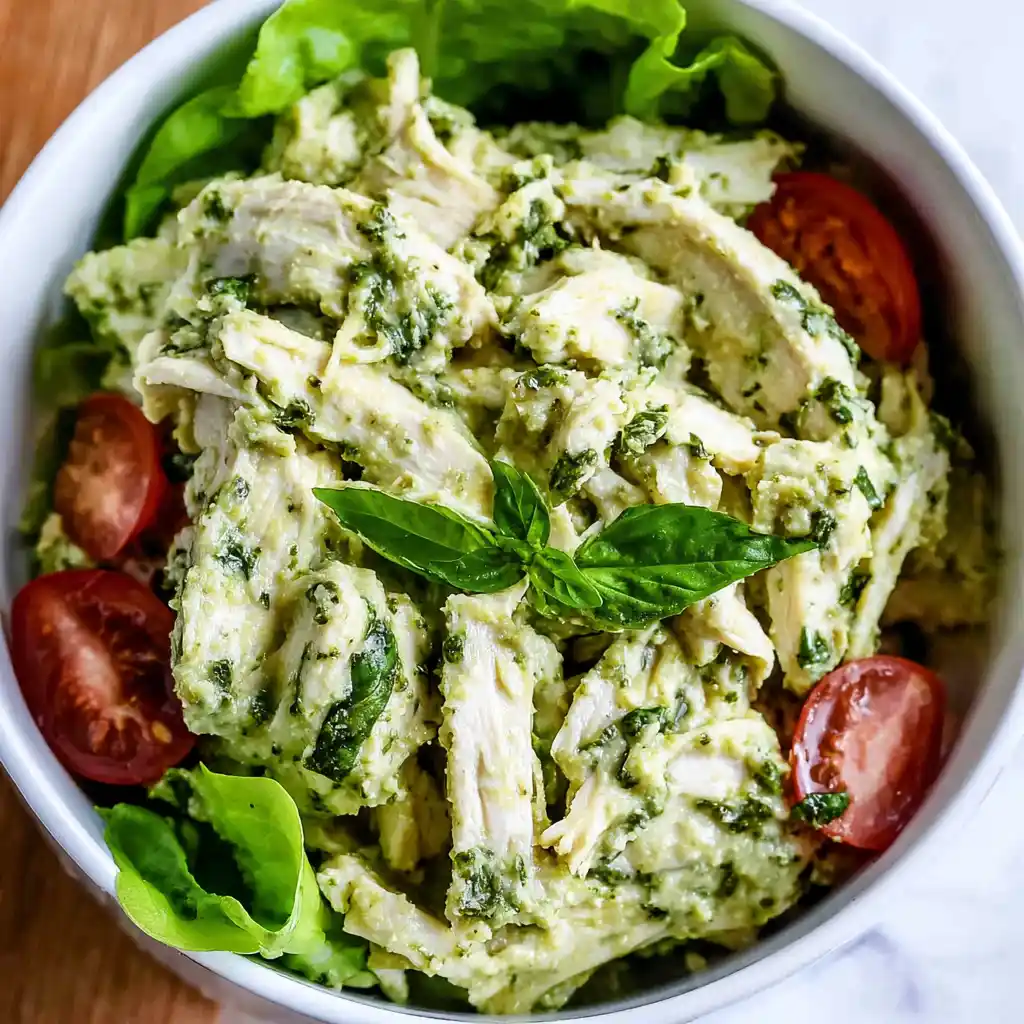Steamed hard boiled eggs solve the age-old problem of stubborn shells that cling desperately to egg whites, creating frustration and wasted food. This foolproof method works with eggs of any freshness, even those straight from the nest, making it the preferred technique for anyone who wants consistent results. Unlike traditional boiling, steaming creates a gentler cooking environment that produces tender whites and creamy yolks without the dreaded green ring. The minimal equipment needed—just a pot, steamer basket, and water—makes this technique accessible to everyone, from beginners to experienced cooks.
Why Steaming Beats Boiling
Steaming eggs instead of boiling them creates perfectly cooked steamed hard boiled eggs that peel effortlessly because the gentle heat doesn’t cause the egg white to bond as tightly to the shell membrane. The steam circulates evenly around each egg, cooking them uniformly from all sides rather than relying on water contact and convection currents that can create hot spots. This method uses less water and heats up faster than traditional boiling, saving time and energy while producing superior results. Fresh eggs that normally resist peeling become easy to handle when steamed, eliminating the frustration of mangled whites and pockmarked surfaces.
Essential Equipment and Setup
A basic collapsible vegetable steamer basket that costs just a few dollars provides everything needed to make perfect steamed hard boiled eggs. The basket keeps eggs elevated above the boiling water while allowing steam to circulate completely around each one for even cooking. Adding just one to two inches of water to the pot creates enough steam for the entire cooking process without submerging the eggs. Loading eggs carefully into the steamer basket by alternating sides prevents tipping and keeps them stable during the steaming time.
Step-by-Step Steaming Instructions
Getting the timing and technique right transforms ordinary eggs into perfectly cooked steamed hard boiled eggs with tender whites and creamy, golden yolks. The process takes just minutes of active work, though patience during the steaming time pays off with consistently excellent results. Understanding the science behind why steaming works better than boiling helps cooks appreciate this game-changing technique. Following each step carefully guarantees success, even for beginners who’ve struggled with traditional boiled eggs in the past.
Preparing the Steaming Setup
Bringing two inches of water to a rolling boil over high heat creates the steady steam needed for cooking steamed hard boiled eggs evenly. Placing the steamer basket into the pot before adding eggs prevents dangerous splashing and keeps hands safely away from hot steam. Loading eggs carefully into the basket in a single layer allows steam to circulate completely around each one for uniform cooking. Starting with water already at a full boil means the eggs hit high temperature immediately, which prevents the whites from bonding tightly to the shell membrane.
Timing for Perfect Results
Steaming eggs for exactly twelve minutes produces perfectly cooked steamed hard boiled eggs with firm whites and fully set but still creamy yolks. Covering the pot with a tight-fitting lid traps steam inside, maintaining consistent temperature throughout the cooking time. Setting a timer prevents overcooking, which causes rubbery whites and that unappealing gray-green ring around the yolk. The beauty of steaming lies in its consistency—the same twelve-minute timing works whether cooking six eggs or eighteen, unlike boiling where quantity affects results.
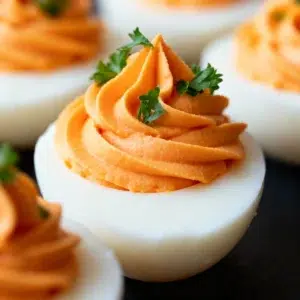
Steamed Hard Boiled Eggs Recipe
Ingredients
- 1 dozen organic eggs
- water
Instructions
- In a medium large pot, add 2 inches of water to the bottom of the pan and bring to a boil over high heat.
- Place your steamer basket or steaming rack in and carefully add the eggs into the steamer basket with a fine mesh strainer. I found that if you load on alternating sides, it keeps it from tipping over into the boiling water.
- Cover with a lid and steam for 12 minutes of steaming time.
- Prepare a large bowl with lots of ice and water.
- After 12 minutes of steaming the eggs, turn off the heat and place all them immediately in ice water bowl to chill for 15 minutes, add more ice if necessary.
- Roll the egg on a cutting board or any flat surface, and slip the shells right off! Dip in a bowl of clean water to remove any pieces of shells. You will get perfectly smooth hard boiled eggs to use in recipes.
Notes
this is a no-fail technique
perfectly cooked yolks
peelable hard-cooked eggs
no stuck egg shells
surprisingly simple
faster than boiling method Nutrition
Calories: 755kcal | Carbohydrates: 4g | Protein: 67g | Fat: 50g | Saturated Fat: 17g | Polyunsaturated Fat: 10g | Monounsaturated Fat: 19g | Trans Fat: 1g | Cholesterol: 1964mg | Sodium: 750mg | Potassium: 729mg | Sugar: 2g | Vitamin A: 2851IU | Calcium: 296mg | Iron: 9mg
The Ice Bath and Peeling Technique
Cooling steamed hard boiled eggs properly makes the difference between shells that slide off effortlessly and ones that stubbornly cling to the whites. The shock of cold water after steaming stops the cooking process instantly, preventing overcooked rubbery whites and that unattractive green ring around yolks. Understanding why fresh eggs peel so easily when steamed, unlike when boiled, reveals the science behind this revolutionary technique. The peeling method matters just as much as the cooking method, turning perfectly steamed eggs into beautiful, smooth finished products ready for any recipe.
Creating the Perfect Ice Bath
Preparing a large bowl filled with ice and cold water before the steaming time ends ensures steamed hard boiled eggs transfer immediately from heat to cold without delay. Adding plenty of ice cubes keeps the water truly cold throughout the fifteen-minute cooling period, especially when processing multiple batches of eggs. The dramatic temperature change causes the egg whites to contract and pull away from the shell membrane, creating separation that makes peeling effortless. Leaving eggs in the ice bath for at least ten to fifteen minutes cools them completely while maximizing the shell-loosening effect.
Mastering the Peel
Rolling each steamed hard boiled egg gently on a flat surface cracks the shell all over, creating multiple entry points that make the entire shell come off in large, satisfying pieces. Starting the peel from the wider end where the air pocket sits often provides the easiest place to get under the membrane. Peeling eggs underwater or under running water allows water to flow between the white and shell, further loosening any stubborn bits. The shells slip off so easily from steamed eggs that even farm-fresh specimens peel perfectly, eliminating the old advice about using older eggs.
Storage and Creative Uses
Proper storage keeps steamed hard boiled eggs fresh and safe to eat for up to a week, making meal prep efficient and convenient. Adjusting the steaming time creates eggs with different textures, from jammy soft-boiled to completely firm hard-cooked varieties. The versatility of perfectly cooked eggs opens up countless recipe possibilities beyond basic snacking. Understanding how to store and use steamed hard boiled eggs maximizes their value and minimizes waste.
Refrigeration and Shelf Life
Unpeeled steamed hard boiled eggs stay fresh in the refrigerator for up to seven days when stored properly in an airtight container. The shell acts as a protective barrier against bacteria and prevents eggs from absorbing odors from other foods in the refrigerator. Refrigerating eggs within two hours of cooking prevents bacterial growth and maintains food safety. Peeled eggs require extra care, storing best submerged in clean water that’s changed daily or wrapped in damp paper towels inside sealed containers for three to five days.
Recipe Ideas and Applications
Deviled eggs become foolproof when made with perfectly peeled steamed hard boiled eggs that create smooth, presentable halves every time. Classic egg salad, potato salad, and Cobb salad all benefit from the tender whites and creamy yolks that steaming produces. Asian-inspired dishes like ramen bowls, soy-marinated eggs, and curries showcase hard-boiled eggs as protein-packed main ingredients rather than simple garnishes. Pickled eggs, grated egg toast, and Scotch eggs transform leftover steamed hard boiled eggs into creative snacks and meals that keep things interesting throughout the week.
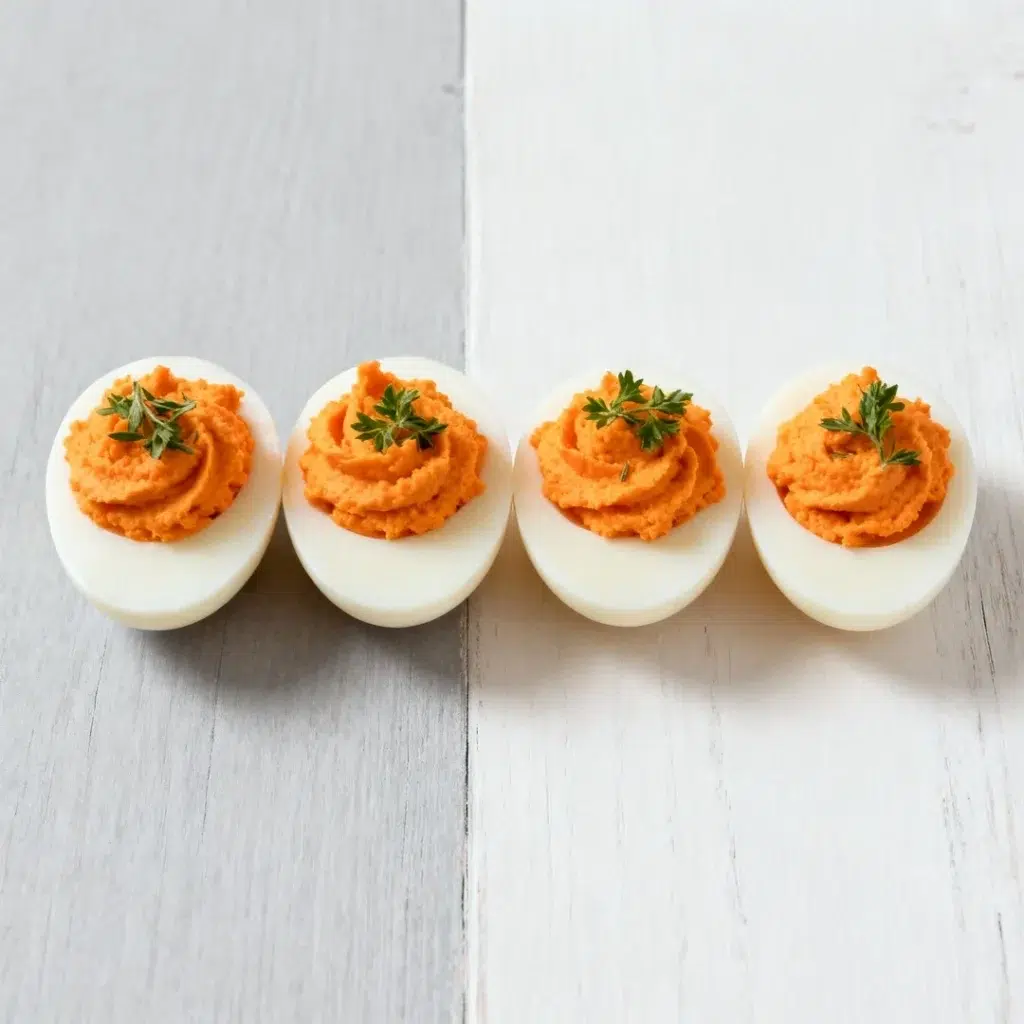
Frequently Asked Questions
Can you steam eggs without a steamer basket?
Yes, steaming eggs works perfectly without a specialized steamer basket by placing eggs directly into a pot with boiling water covering about half the egg. The water creates enough steam when covered with a tight-fitting lid to cook the eggs evenly, though adding a few minutes to the cooking time compensates for less steam circulation. Metal colanders, bamboo steamers, or even a heat-safe plate elevated on aluminum foil balls work as improvised steaming platforms. This method still produces easy-to-peel steamed hard boiled eggs that slip right out of their shells.
How do you adjust steaming time for high altitude?
High altitude cooking requires longer steaming times because water boils at lower temperatures as elevation increases. At sea level, twelve to thirteen minutes produces perfect steamed hard boiled eggs, while five thousand feet requires fifteen minutes, and ten thousand feet needs twenty minutes. Adding approximately one minute of steaming time for every one thousand feet of elevation above sea level creates a reliable formula for adjustments. Testing a batch at your specific altitude helps fine-tune the timing for consistently perfect results.
How can you tell if a hard boiled egg is done without cracking it?
Spinning the egg on a flat surface reveals whether it’s cooked—steamed hard boiled eggs spin smoothly and rapidly, while raw eggs wobble and spin slowly. Tapping a finger on the spinning egg shows that cooked eggs stop immediately, whereas raw eggs continue moving because the liquid inside keeps swirling. Gently shaking the egg near your ear reveals a sloshing sound in raw eggs that’s absent in fully cooked ones. These tests work without damaging the egg, making them perfect for checking doneness before peeling.
What’s the difference between steaming times for soft, medium, and hard eggs?
Steaming eggs for six minutes at sea level produces soft-boiled eggs with runny yolks, while nine minutes creates jammy medium-boiled eggs. Twelve minutes of steaming time yields perfectly hard-boiled steamed hard boiled eggs with fully set but still creamy yolks. Adjusting by one or two minutes in either direction customizes the yolk texture to personal preference, from barely set to completely firm. The consistent heat of steaming makes these timing guidelines more reliable than traditional boiling methods.
How long do steamed hard boiled eggs last in the refrigerator?
Unpeeled steamed hard boiled eggs stay fresh in the refrigerator for up to one week when stored in an airtight container. Peeled eggs require more careful storage, lasting three to five days when kept submerged in clean water that’s changed daily or wrapped in damp paper towels. Refrigerating eggs within two hours of cooking prevents bacterial growth and maintains food safety standards. Marking the container with the cooking date helps track freshness and prevents accidentally eating eggs past their prime.
Conclusion
Steamed hard boiled eggs revolutionize the traditional cooking method by producing perfectly cooked eggs with tender whites, creamy yolks, and shells that slip off effortlessly every time. This foolproof technique works with eggs of any freshness, requires minimal equipment, and takes less time than conventional boiling while delivering superior results. The science behind steaming creates gentle, even heat that prevents the egg white from bonding tightly to the shell membrane, eliminating the frustration of stubborn shells and pockmarked surfaces. Whether making deviled eggs for parties, meal-prepping protein-rich snacks, or adding perfectly cooked eggs to salads and bowls, steamed hard boiled eggs provide consistent excellence that transforms this simple ingredient into culinary perfection.
